Foot Deformity Club Foot Types
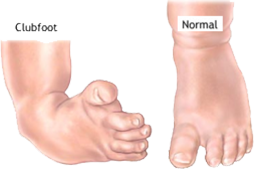
Clubfoot Treatment In Broward Palm Beach Florida Foot Ankle
Clubfoot Orthoinfo os

Clubfoot Wikipedia

Development Of An Orthosis For Simultaneous Three Dimensional Correction Of Clubfoot Deformity Sciencedirect
Clubfoot Orthoinfo os

What Is The Latest Treatment Of Clubfoot Rx Harun
| Chicago Foot Care Clinic.

Foot deformity club foot types. This typically occurs on the smaller. It occurs twice as often (2:1) in males than in females. The goal in treating deformity in the foot and ankle, including CMT, is to prevent complications and achieve a plantigrade, stable foot that allows reasonable function.
Epidemiology, types, and patterns …depression of the nasal tip, abnormal ear folding, wrinkled skin, and malposition of the feet, including clubfoot deformities. Although the deformity may appear to be severe, particularly when first discovered after. Another name for Skewfoot (or close medical condition association).
The frames required for ankle and foot deformity correction are among the most difficult to construct owing to the complexity of the deformities which must be corrected. Without treatment, the foot remains deformed, and people walk on the sides of their feet. Z-foot deformity as a Disease.
Clubfoot actually describes an array of foot deformities that cause your newborn baby's feet to be twisted, pointing down and inward. An unusually high arch in the foot. Idiopathic (unknown cause), neurogenic (caused by condition of the nervous system) and syndromic (related to an underlying syndrome).
Clubfoot, also known as talipes equinovarus (TEV), is a common foot abnormality, in which the foot points downward and inward. Any foot with deformity that has received any type of treatment other than the Ponseti method may have added complexity because of additional pathology or scarring from surgery. This is a Clubfoot where Ponseti Treatment has been correctly performed but there has been no significant improvement.
Congenital clubfoot is present at (the definition of "congenital") and affects the foot and/or ankle. First, a two-ring construct is applied to the leg. It affects the bones, muscles, tendons, and blood vessels and can affect one or both feet.
Twisting of the ankle. Congenital deformities are those that are present from birth. The calcaneus and navicular are medially rotated in relation to.
The deformity affects the structure and position of the foot, presenting as an adductus and cavus (an inward turning) of the midfoot and a varus hindfoot. Hammer toe(s):When you wear tight, uncomfortable. This can be accomplished surgically by realigning the foot using osteotomies or fusions and balancing the forces across the foot by way of soft tissue releases or tendon transfers.
Club foot is of two types:. Talipes equinovarus (adduction of the forefoot, inversion of the heel and plantar flexion of the forefoot and ankle) talipes calcaneovalgus (dorsal flexion of the forefoot with the plantar surface facing laterally). Claw toe:Claw toes are ones which begin to turn downward, resembling a bird's claw.
Approximately one infant in every 1,000 live births will have clubfoot, making it one of the more common congenital (present at birth) foot deformities. The affected foot and leg may be smaller in size compared to the other. There are several types of foot deformities a patient might have, and they can fall into one of two general categories – congenital and acquired.
Clubfoot is a deformity in which an infant's foot is turned inward, often so severely that the bottom of the foot faces sideways or even upward. A high arch is the opposite of a flat foot and is somewhat less common. Both genetic and environmental factors are believ.
Feet of babies with this type of clubfoot are stiff and hard to manipulate. While there is no standard definition of ‘foot deformity’ among clinicians, it is often characterised by the presence of three or more of the following – hallux valgus, hammer toes, bony prominences, prominent metatarsal heads, Charcot arthropathy, limited joint mobility and small muscle wasting. There are two types of clubfoot, each with different causes.
The comparison of higher and lower level lesions revealed that the types of foot deformity differed significantly. It is also called as talipes equinovarus. Plantarflexion – the ankle is twisted downward Cavus foot – the foot arch is unusually high Varus – the heel assumes the position of inversion, which draws the forefoot inward as well.
The foot deformity in congenital vertical talus consists of various components namely a prominent calcaneus caused by the ankle equines or planter flexion, a convex and rounded sole of the foot caused by prominence of the head of the talus, and a dorsiflexion and abduction of the forefoot and midfoot on the hindfoot. While some use CTEV and clubfoot (CF) synonymously, in certain publications term clubfoot is considered a more general descriptive term that describes three distinct abnormalities:. The deformities are classified according to clinical appearance.
Two of the most widely used are the postero-medial release (PMR), an extensive release of the tight and contracted soft tissues of the clubfoot and the ‘a la carte’ approach which aims to correct various components of the deformity depending on the. Idiopathic clubfoot is not related to any other medical problems. Congenital clubfoot is a deformity in which the entire foot is inverted, the heel is drawn up, and the forefoot is adducted.;.
The foot is usually short and broad in appearance and the heel points downward while the front half of the foot (forefoot) turns inward. 4 The application of Ilizarov frame is in two parts, one to the leg and one to the foot. Unfortunately, some babies arrive in the world with foot deformities.
The feet contain nearly one-fourth of all the bones in your body, which provide you with support and movement. The incidence of pes calcaneus, pes valgus, and adductus deformities inclined as the lesion level decreased (p > 0.05). Club foot is a common foot deformity present at birth where in one or both the feet are turned towards an inward and downward position.
The usual clubfoot is a down and inward turning of the hind foot and ankle, with twisting inward of the forefoot. Our team at Newtown Foot and Ankle Specialists offer a range of treatment options for various types of foot deformities. Clubfoot, also known as congenital talipes equinovarus, is a developmental deformity of the foot.
It embraces not only the clinical aspects of the deformity but also its social implications, particularly of its early history when the attitude of society towards the lame and crippled in general and to foot deformities in particular is discussed. Clubfoot describes a range of foot abnormalities usually present at birth (congenital) in which your baby's foot is twisted out of shape or position. When an infant’s foot is turned inward, usually so severe that the bottom of the foot faces sideways or upward, it is often referred to as clubfoot.
Skewfoot »Symptoms of Skewfoot »Treatments for Skewfoot. Most of the time, it is not associated with other problems. In clubfoot, the tissues connecting the muscles to the bone (tendons) are shorter than usual.
Most relevant for this congenital deformity are the talus, calcaneus and navicular. In a normal lesser toe (toes not including the big toe), there are three phalanges connected by two. There are many different types of surgical technique described for treating clubfoot.
That is, there is a fixed plantar flexion of the foot. Clubfoot is a common foot deformity that is present at birth. • Foot looks normal • The deformity is primarily in the foot and secondarily in the ankle and leg • Foot remains supple • Foot cannot be manipulated back through normal range of movements • There is no fixed deformity, but dorsiflexion beyond the “0” position may be limited • This type is the classical or true or typical clubfoot.
In children with clubfoot, there is a subtle imbalance in muscle forces in the lower leg resulting in the foot deformity. Painful stiff foot with poor function difficult to accommodate to foot wear • goal- correct residual deformity which is resistant to soft tissue release. Boys have clubfeet nearly twice as often as girls.
Clubfoot is a foot deformity classified into three different types:. A clubfoot will twist inward because the tendons connecting the leg muscles to the foot bones are short and tight. Salvage procedure • indication- uncorrected clubfoot or with residual deformity after the age of 10 yrs.
This type of deformity affects approximately aone birth out of 1,000 and in about 50% of cases both feet are affected (bilateral clubfoot). Although different types of clubfoot exist, the condition is usually accompanied by the following foot deformities:. In many cases, a patient will need to receive treatment for their foot deformity.
Club foot may be associated with myelodysplasia, arthrogryposis or many other congenital abnormalities but is more commonly an isolated idiopathic birth defect. Bony deformity consists of medial spin of the midfoot and forefoot relative to the hindfoot talar neck is medially and plantarly deviated calcaneus is in varus and rotated medially around talus navicular and cuboid are displaced medially. One of the more common ones is called a clubfoot.
Clubfoot, or talipes equinovarus, is the most common pediatric orthopedic deformity requiring treatment. This is a study of the history of club-foot from ancient times up to the present. The frequency of congenital clubfoot is approximately 1 per 1,240 live births.
Common Types of Foot Deformities. An inversion of the heel that causes the front of the foot to turn inward. Hammer toes (shown) and claw toes are also common foot deformities named for their appearance.
The foot consists of 26 bones. This may lead to pain and difficulty walking. It is more common in boys than girls.
About half of babies with clubfoot have it in both feet and approximately 1 to 4 babies in 1,000 are born with this condition. (1)Foot and Ankle Surgery Fellowship Program, Baylor University Medical Center, Dallas, TX , USA. Sometimes the foot only appears abnormal because it was held in an unusual position in the uterus (positional clubfoot).
Clubfoot, also known as talipes equinovarus, is a congenital (present at birth) foot deformity. Club foot represents a disruption of complex relationships between bone, ligament and muscle of the foot. It is defined as a deformity characterized by complex, malalignment of the foot involving soft and bony structures in the hindfoot, midfoot and forefoot.
Clubfoot is a birth defect where one or both feet are rotated inward and downward. Clubfoot can be classified into extrinsic (supple) type, which is essentially a severe positional or soft tissue deformity;. The scientists say that a 'virtual autopsy' of Tut -- essentially a close analysis of a life-size image of the king made from more than 2,000 CT scans of his mummified remains -- shows that he had buck teeth and a club foot as well as a girlish figure.
Bunions:Picture women wearing shoes very pinched at the toe and how it would push the big toe inward. The child is born with a foot pointing the wrong way – turned down and in – that cannot be placed flat on the ground in the position needed for walking (Figure 1). Congenital talipes equinovarus, also known as ‘club foot’, is a congenital foot deformity present at birth.
The most common type of clubfoot is idiopathic, which means the cause is unknown. Find out what may cause it and how doctors fix it before babies learn to walk. Pes cavus, also known as high arch, is a human foot type in which the sole of the foot is distinctly hollow when bearing weight.
Clubfoot is a foot deformity in newborns where the foot is rotated inwards (varus) and downwards (equinus) (Figure 1). The most recognizable congenital foot deformity is the clubfoot deformity, which is characterized by. The exact cause is usually not identified.
The Latin talus, meaning ankle, and pes, meaning foot, make up the word talipes, which is used in connection with many foot deformities. It is one of the most common congenital deformities. In this study, it was concluded that foot deformities were directly related to the level of lesion.
What are the different types of clubfoot?. The vast majority of clubfoot deformities are congenital in nature, and therefore acquired during development in the uterus and not through heredity. Clubfoot affects the child’s foot and ankle, twisting the heel and toes inward.
What is clubfoot Club foot also known to doctors as congenital talipes equinovarus, is a common birth defect (congenital clubfoot) that can affect one or both feet. Multiple theories have been put forward to explain its etiology. Clubfoot – Clubfoot is a foot deformity in which medial deviation of the forefoot is combined with excessive supination … Birth defects:.
Foot deformities are a heterogeneous group of congenital and acquired conditions involving structural abnormalities or muscular imbalances that affect the function of the foot. Pediatric foot deformity is a term that includes a range of conditions that may affect the bones, tendons, and muscles of the foot. The adult sequelae of treated congenital clubfoot.
There is no known cause for clubfoot, and it is twice as common in male children as it is in female children. Approximately 50% of cases of clubfoot affect both feet. Z-foot deformity is listed as a type of (or associated with) the following medical conditions in our.
Clubfoot is a fairly common birth defect and is usually an isolated problem for an otherwise healthy. In contrast, true clubfoot is a structurally abnormal foot, which is a true malformation. Among those most frequently treated at HSS are cavus foot, tarsal coalition, clubfoot, accessory navicular, and juvenile bunion.
Mechanical Factors in Utero. The condition is present at birth, and involves the foot and lower leg. Babies who are born with a foot that’s twisted inward and downward have a birth defect called clubfoot.
And intrinsic (rigid) type, where manual reduction is impossible. It may affect one or both feet (50 % are bilateral). There are actually different types of clubfoot, but the following are the typical foot deformities that are associated with the condition:.
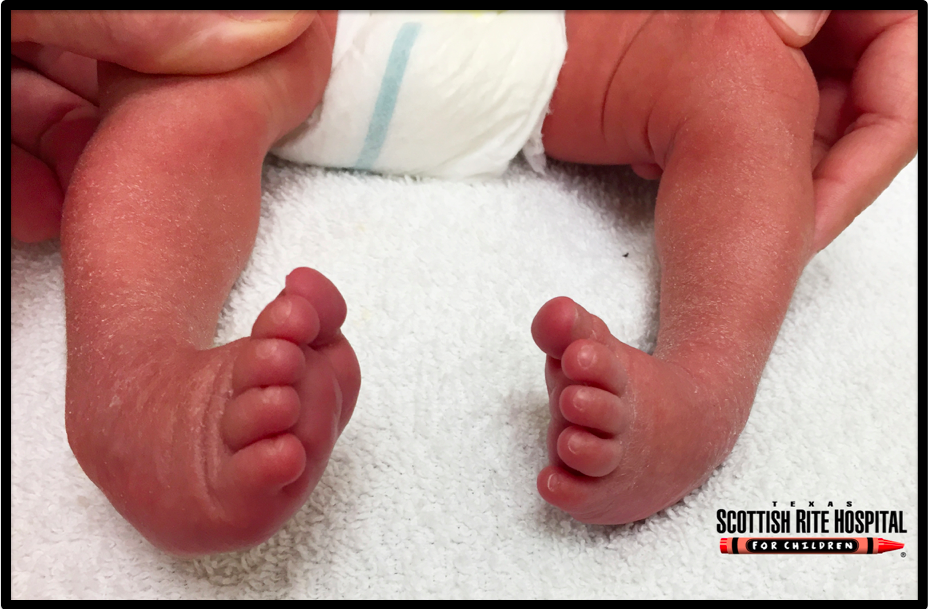
Clubfoot Deformity Footeducation

Club Foot The Foot And Ankle Online Journal

Club Foot Pathoanatomy Made Easy The Young Orthopod Youtube
Clubfoot Orthoinfo os

Foot Problems Pediatrics Clerkship The University Of Chicago

Common Childhood Foot Deformities Consultant360
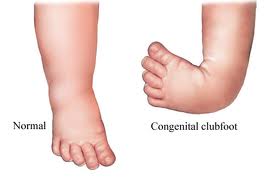
Introduction To Clubfoot Physiopedia

Clubfoot Congenital Talipes Equinovarus Pediatrics Orthobullets

Functional Physiotherapy Method Results For The Treatment Of Idiopathic Clubfoot
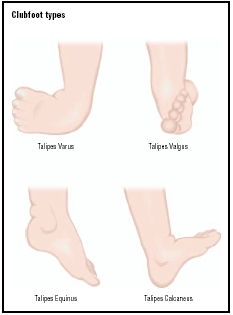
Clubfoot Symptoms Stages Definition Description Demographics Causes And Symptoms Diagnosis
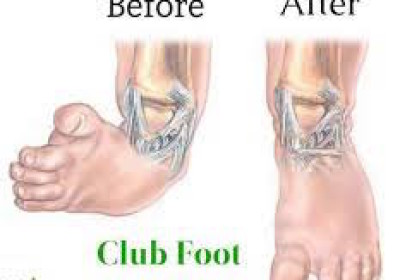
Dr William P Zink Md Clubfoot El Pie Equino Dr William P Zink Md

Photos Of Babies With A Clubfoot
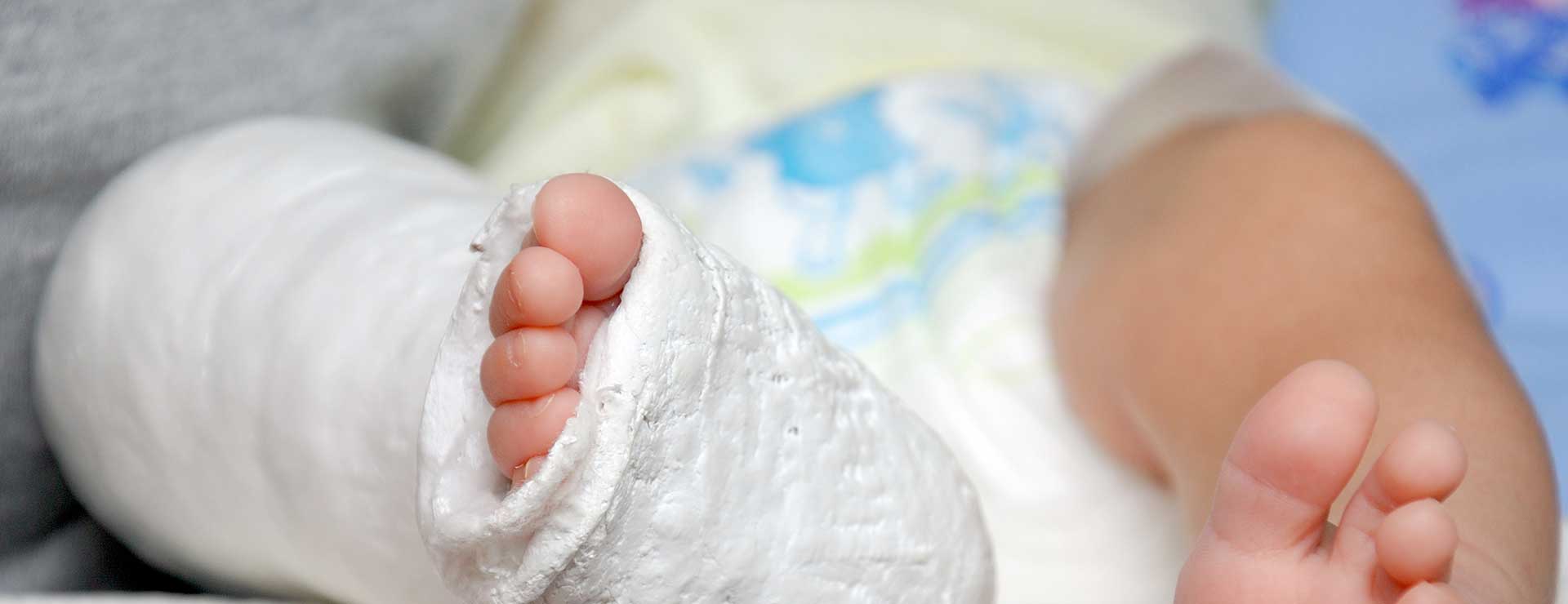
Metatarsus Adductus Johns Hopkins Medicine

Clubfoot Boston Children S Hospital

Club Foot The Foot And Ankle Online Journal

Talipes Equinovarus Clubfoot And Other Foot Abnormalities Pediatrics Merck Manuals Professional Edition
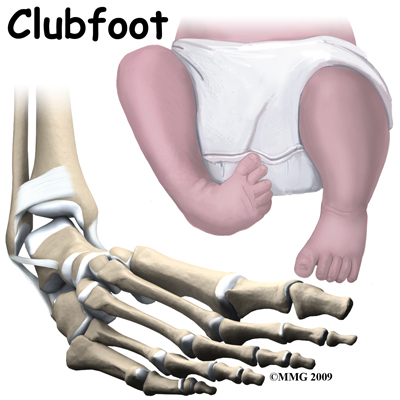
Physical Therapy In Long Island For Pediatric Issues Clubfoot

How Often Does Clubfoot Recur Pediatriceducation Org

Orthokids Vertical Talus

Clubfoot Wikipedia

Club Foot Talipes Equinovarus Drbond Happy Bonding

Clubfoot Talipes Equinovarus Tev Youtube
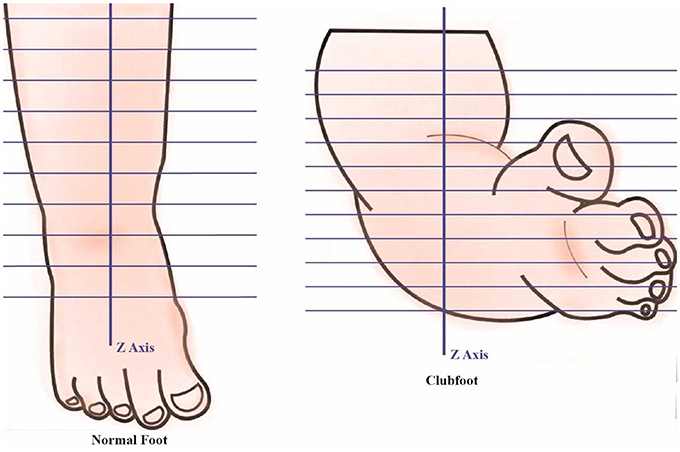
Frontiers Developing A Three Dimensional 3d Assessment Method For Clubfoot A Study Protocol Physiology

Clubfoot Its Types And Causes Simplified In Hindi Youtube

Club Foot Shoes Ponseti Denis Brown Dobs Bar Gm Medical Kenya

Clubfoot Foot And Ankle Deformities Principles And Management Of Pediatric Foot And Ankle Deformities And Malformations 1 Ed

Clubfoot Congenital Talipes Equinovarus Pediatrics Orthobullets

Foot Deformities Pediatric Physical Therapy Sensory Therapy Pediatric Nursing
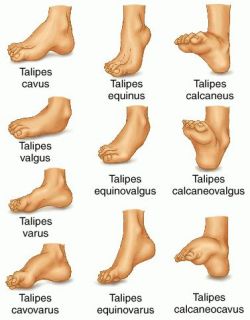
Congenital Talipes Equinovarus Clubfoot Nursing Care Management Nurseslabs
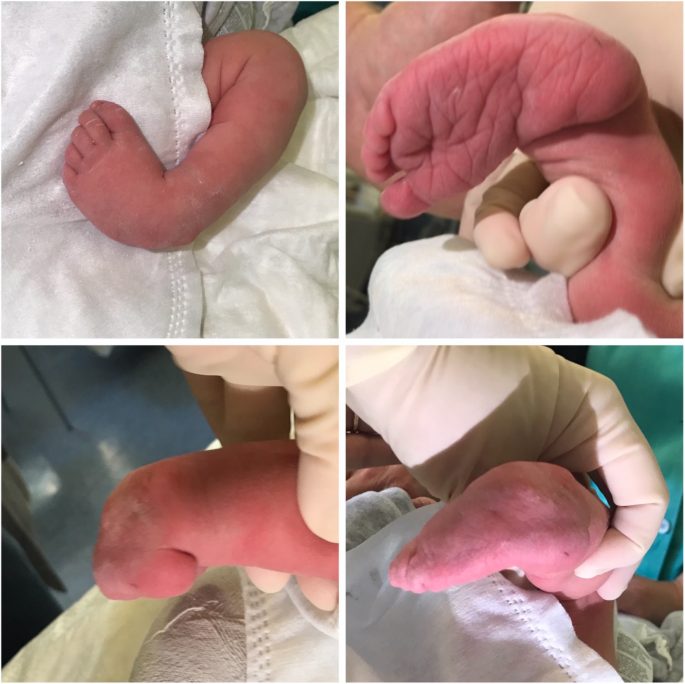
What A Paediatrician Should Know About Congenital Clubfoot Italian Journal Of Pediatrics Full Text
Ponseti Method In The Management Of Clubfoot Under 2 Years Of Age A Systematic Review
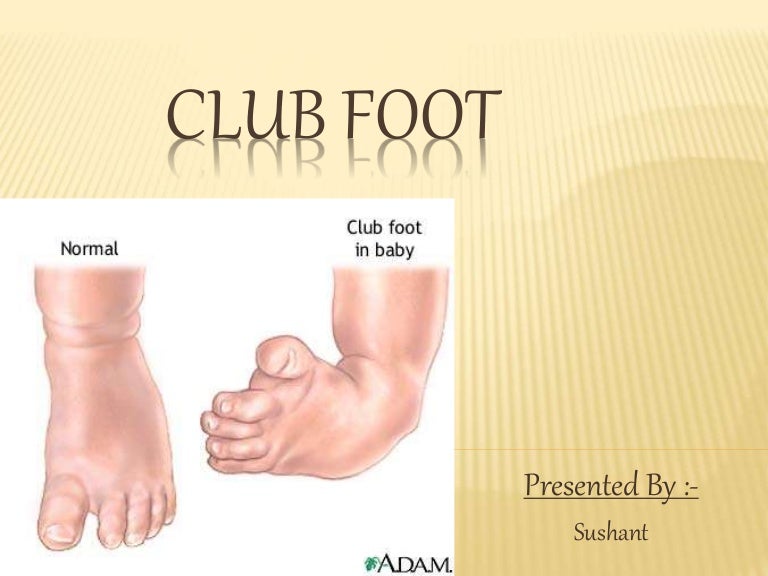
Club Foot
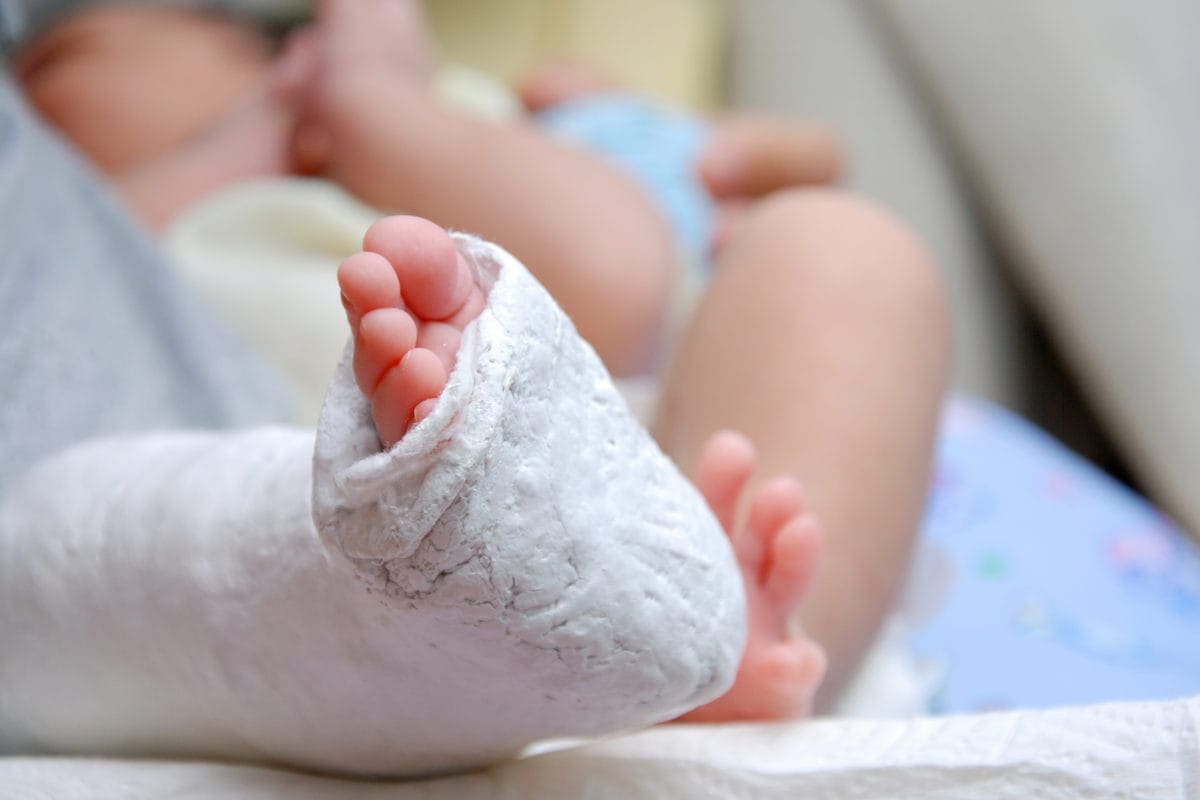
What Is Clubfoot Symptoms And Treatment Familydoctor Org

Club Foot
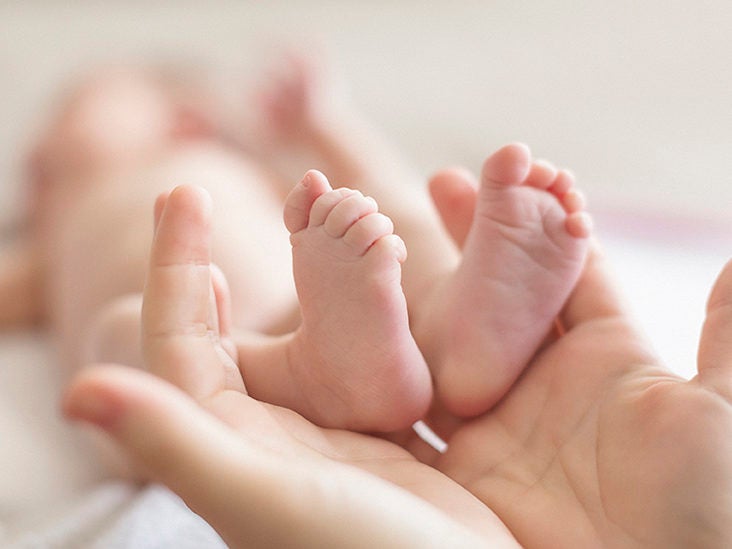
Clubfoot Repair Treatments Procedure Outlook

Keys To Correcting Cavus Foot Deformities Podiatry Today

Clubfoot Eorthopod Com

Clubfoot Foot And Ankle Deformities Principles And Management Of Pediatric Foot And Ankle Deformities And Malformations 1 Ed
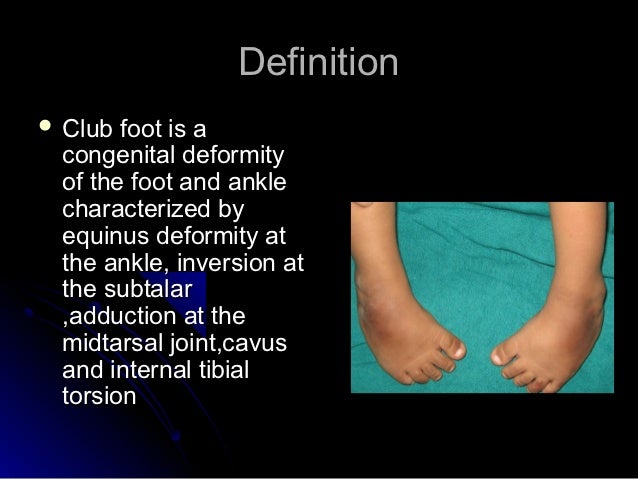
Congenital Talipes Equino Varus

Club Foot Foot Musculoskeletal System

Clubfoot Causes And Treatments

Clubfoot Pages 1 Text Version Anyflip

Pdf Congenital Clubfoot

Challenging Clubfeet The Arthrogrypotic Clubfoot And The Complex Clubfoot Journal Of Children S Orthopaedics

Pediatric Foot Deformities An Overview

Challenging Clubfeet The Arthrogrypotic Clubfoot And The Complex Clubfoot Journal Of Children S Orthopaedics
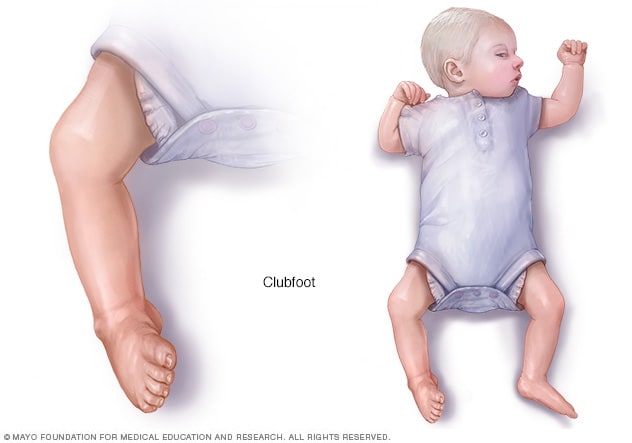
Clubfoot Symptoms And Causes Mayo Clinic

Child Clubfoot Podiatry Orthopedics Physical Therapy
Clubfoot Orthoinfo os
Q Tbn 3aand9gctp62jgxdlybgwfyvfzh Y3p9jo177qwhalpgcofoygxaj3mncw Usqp Cau

Club Foot In Infants Reasons Signs Remedies

Management Of Foot Deformity In Children Journal Of Orthopaedic Science
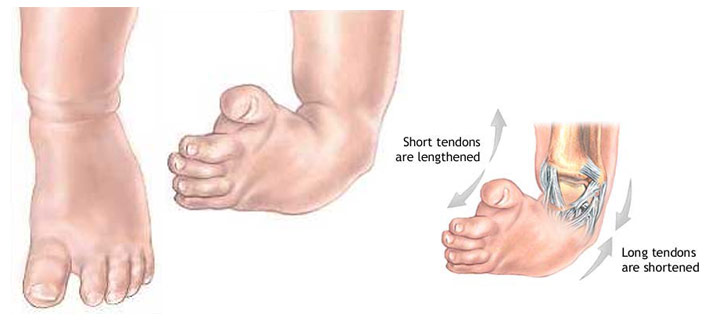
Congenital Talipes Equinovarus Clubfoot Nursing Care Management Nurseslabs
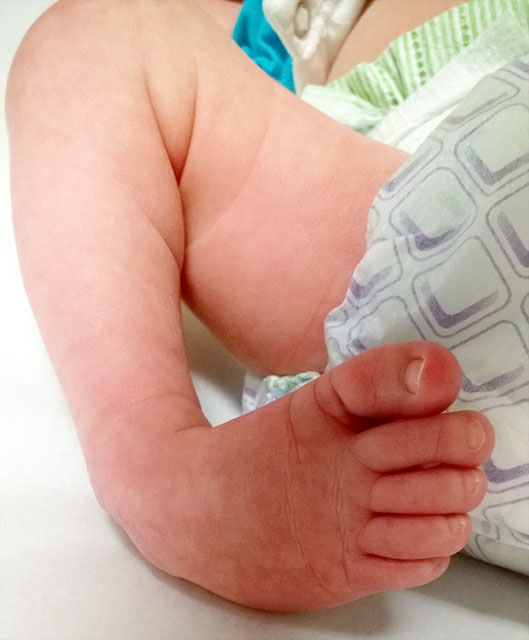
Clubfoot Johns Hopkins Medicine

Clubfoot

Club Foot Treatment Towson Talipes Equinovarus Treatment Foot Surgeon Baltimore Md

Treatment Of Neglected And Relapsed Clubfoot With Midfoot Osteotomy A Retrospective Study

Clubfoot Causes And Treatments

Functional Physiotherapy Method Results For The Treatment Of Idiopathic Clubfoot

Clubfoot Congenital Talipes Equinovarus Pediatrics Orthobullets

Challenging Clubfeet The Arthrogrypotic Clubfoot And The Complex Clubfoot Journal Of Children S Orthopaedics
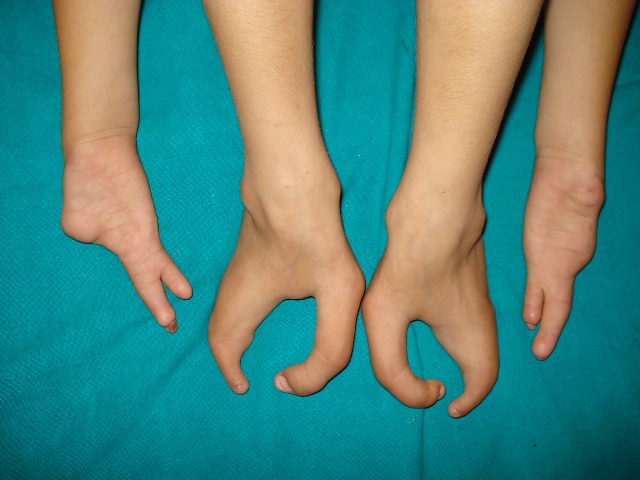
Foot Deformities And Their Causes Bone And Spine

A Rigid Bilateral Clubfoot In A Patient With Spina Bifida B Note The Download Scientific Diagram
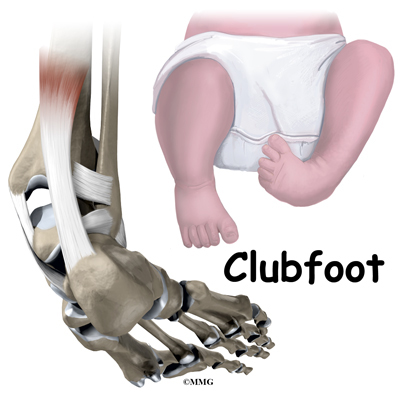
Clubfoot Eorthopod Com
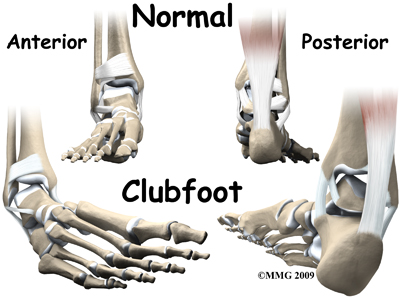
Physical Therapy In Long Island For Pediatric Issues Clubfoot
Clubfoot What Is Clubfoot What Causes Clubfoot Who Gets Clubfoot What Are The Symptoms Of Clubfoot
/GettyImages-976611020-532e1800b14b4c89aec1f2f6a855f199.jpg)
Newborn Baby Foot Problems And Deformities
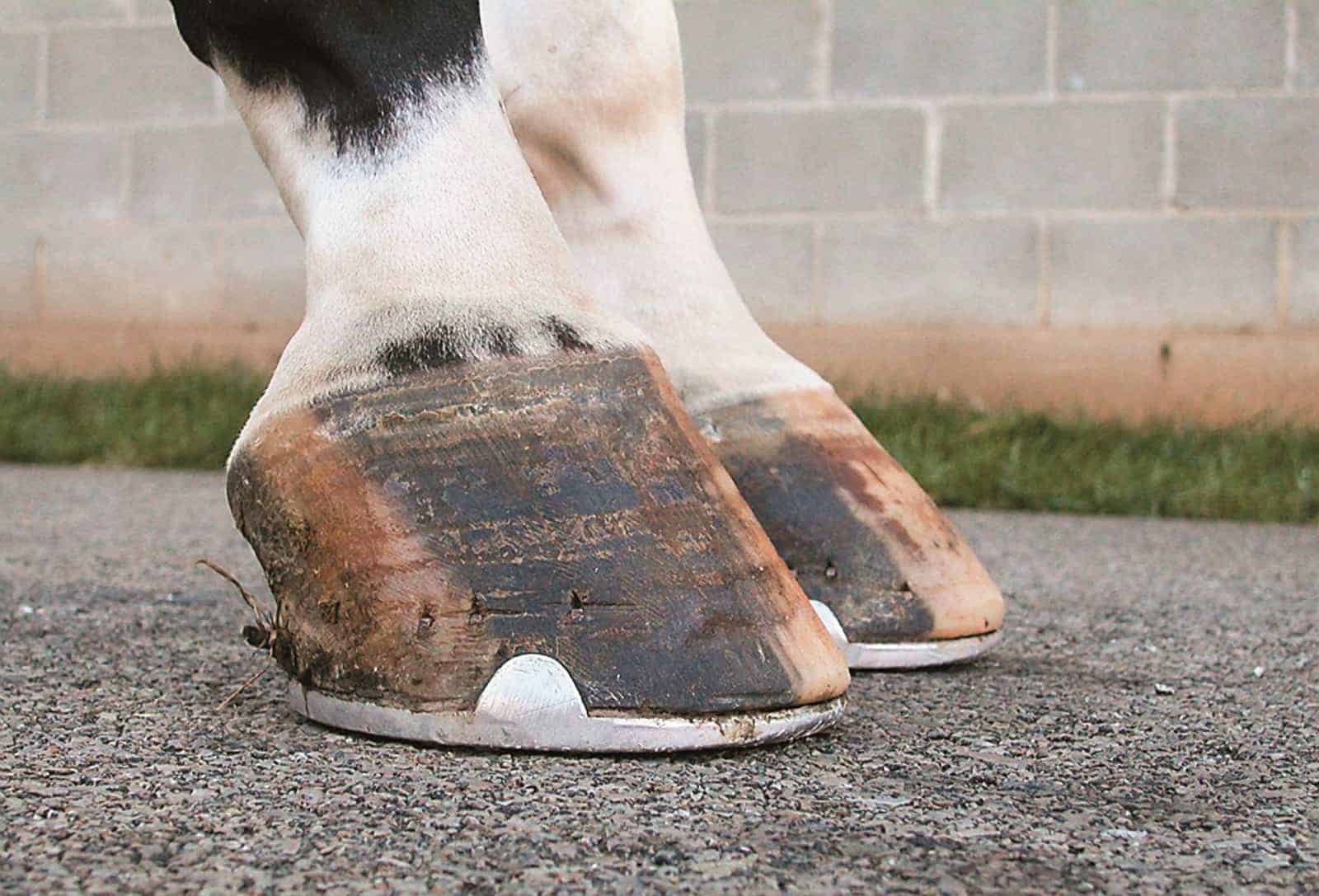
Managing The Club Foot The Horse

Clinical Photographs Showing A The Club Feet Of A 1 5 Month Old Baby Download Scientific Diagram

Clubfoot Treatment In San Antonio Tx Children S Foot Doctor
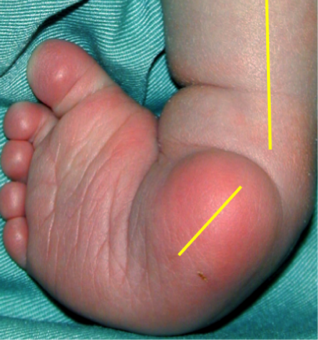
Assessing Children With Clubfoot Physiopedia

Clubfoot And Other Foot Defects Children S Health Issues Msd Manual Consumer Version

Club Foot Symptoms And Treatment

Club Foot Talipes Equinovarus Ankle Foot And Orthotic Centre

Congenital Clubfoot Genetic Disorders Types Of Clubfoot

Functional Physiotherapy Method Results For The Treatment Of Idiopathic Clubfoot

The Adult Sequelae Of Treated Congenital Clubfoot Foot And Ankle Clinics

Club Foot Congenital Clubfoot Causes Types Symptoms Treatment
Clubfoot Orthoinfo os

Pediatric Foot Deformities An Overview

Child S Feet With Talipes Club Foot Deformity Stock Image M350 01 Science Photo Library

Club Foot
Q Tbn 3aand9gcq 98jrhf Pkomvjibyey8jeq2ml4m4n8tigflcz5s4wn0etvab Usqp Cau
Q Tbn 3aand9gcsiqk2gm7zj3ssgnajpf1ujxpqe2efkyujjneftvigthk Bxfrn Usqp Cau

On World Clubfoot Day An Expert Answers All Your Questions About The Birth Deformity Parenting News The Indian Express

Club Foot In Infants Reasons Signs Remedies

History Of Clubfoot Management Global Clubfoot Initiative

Club Foot 1
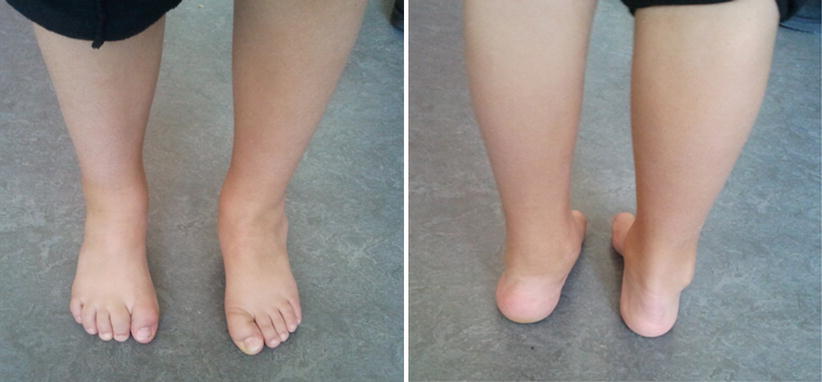
Evidence Based Treatment For Feet Deformities In Children With Neuromuscular Conditions Musculoskeletal Key
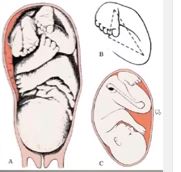
Introduction To Clubfoot Physiopedia
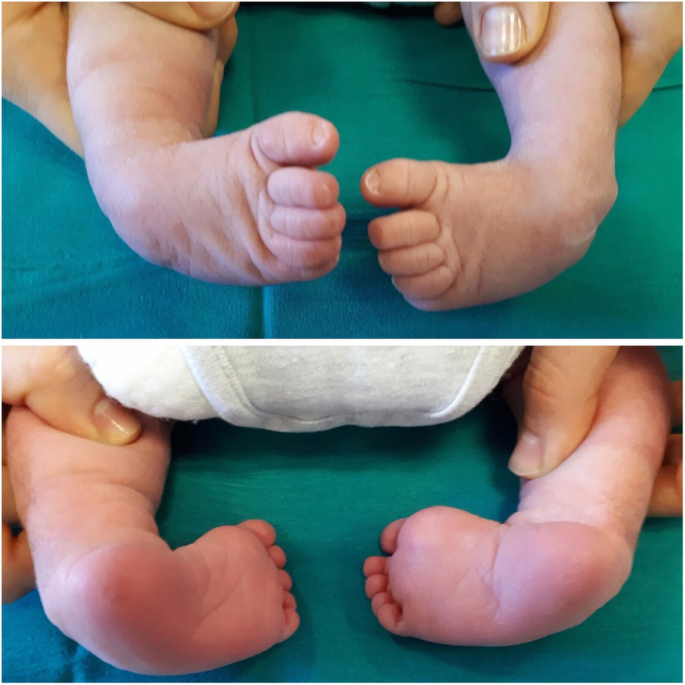
What A Paediatrician Should Know About Congenital Clubfoot Italian Journal Of Pediatrics Full Text

Pdf Current Conservative Management And Classification Of Club Foot A Review Semantic Scholar
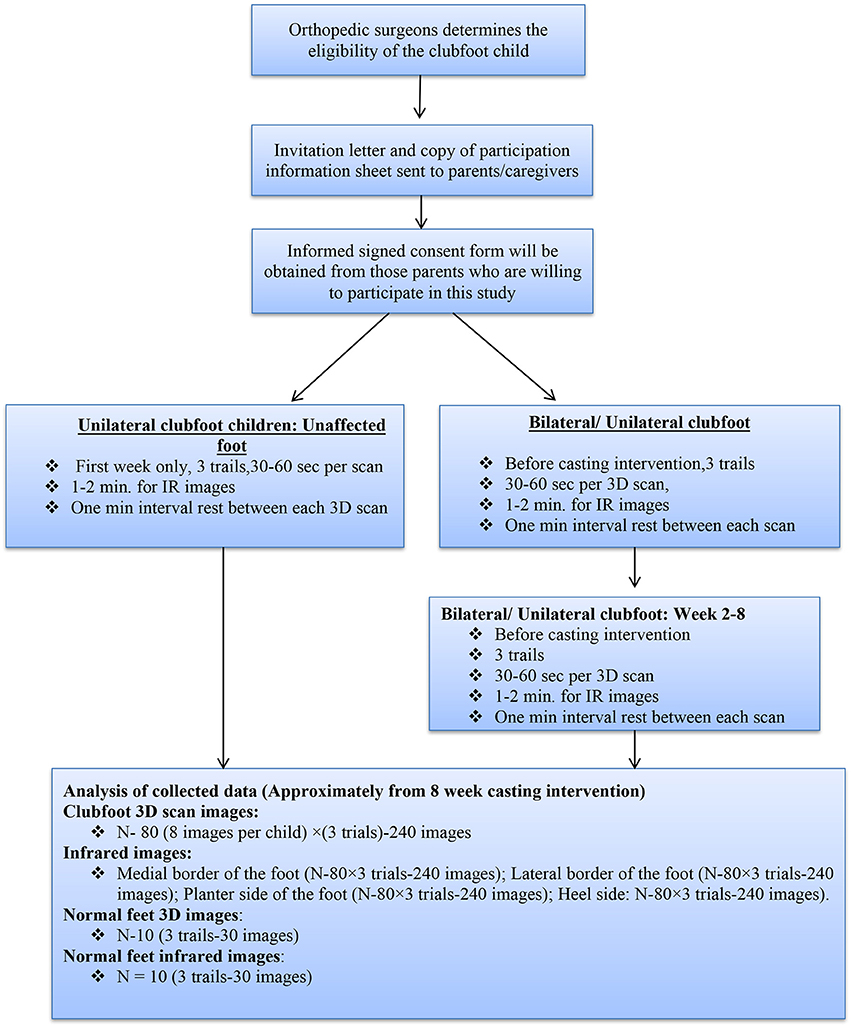
Frontiers Developing A Three Dimensional 3d Assessment Method For Clubfoot A Study Protocol Physiology

Talipes Equinovarus Clubfoot Radiology Case Radiopaedia Org
Q Tbn 3aand9gctp62jgxdlybgwfyvfzh Y3p9jo177qwhalpgcofoygxaj3mncw Usqp Cau
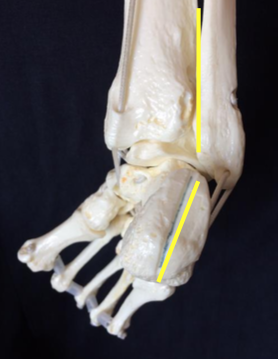
Introduction To Clubfoot Physiopedia

Club Foot Nhs

Congenital Foot Deformities A Guide To Conservative Care Podiatry Today



